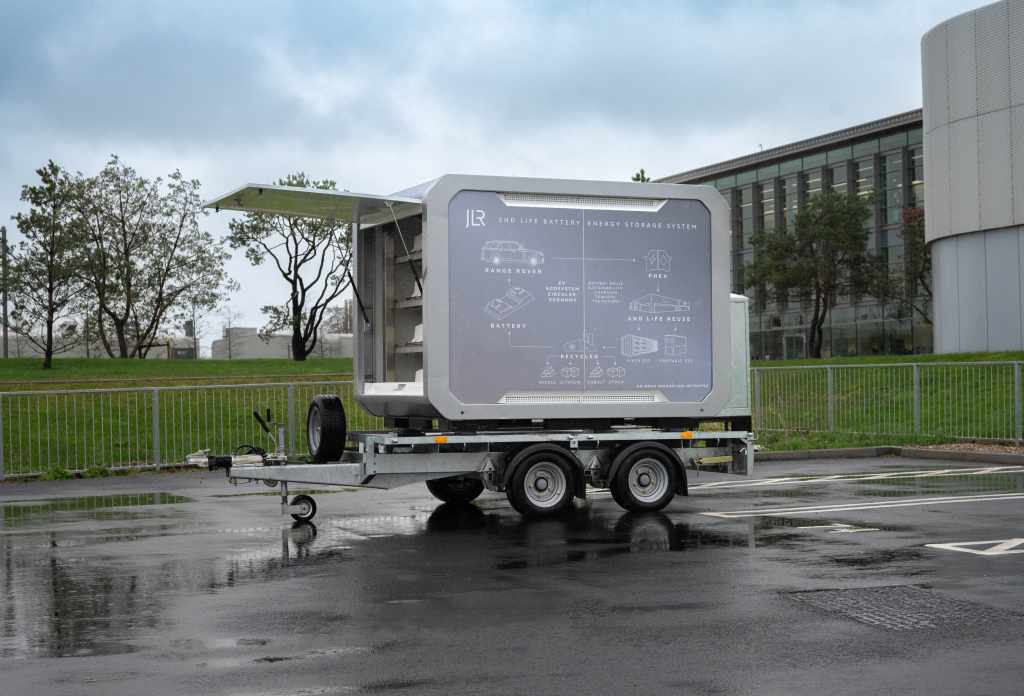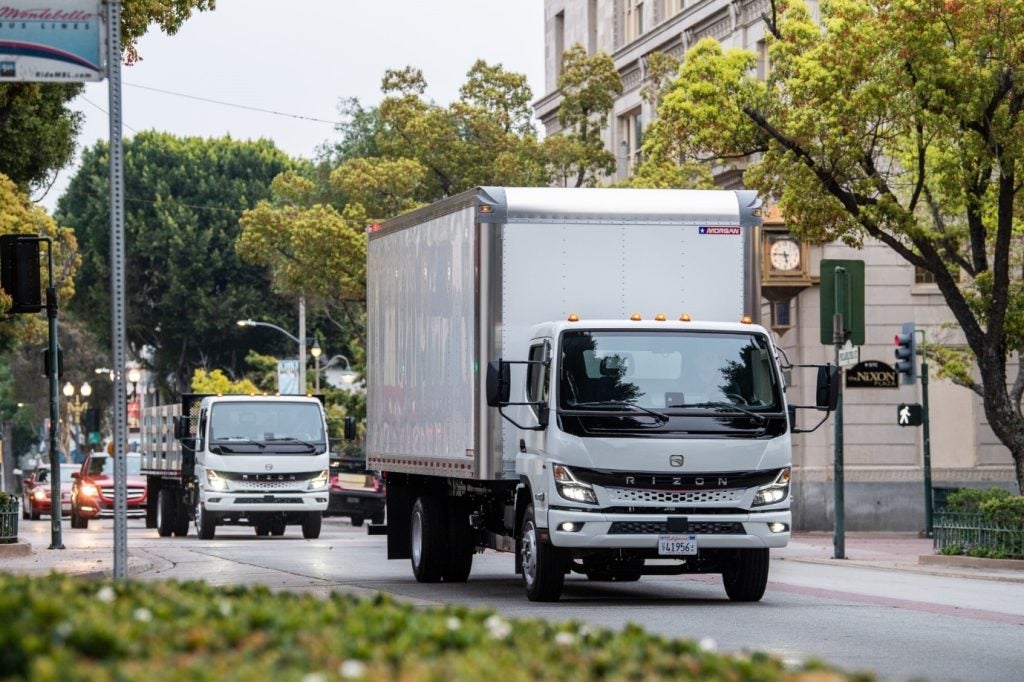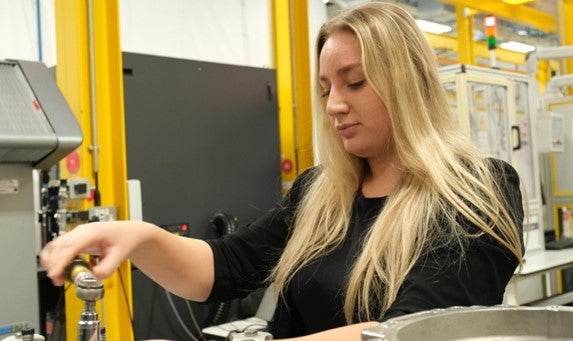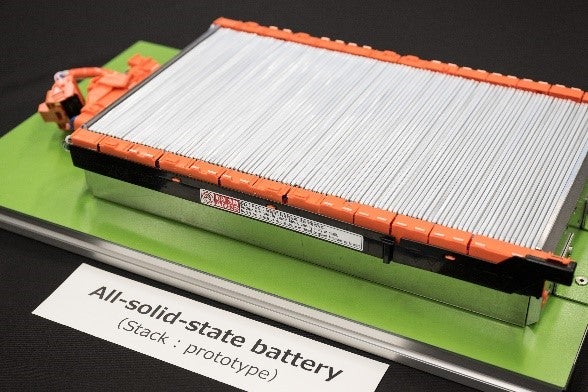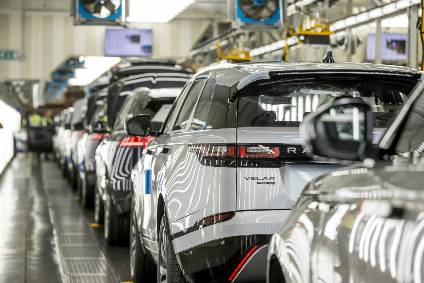
Note from the editor
Readers of this feature are asked to refer to more recent analysis:
What does the future hold for Jaguar?
Land Rover future models – going electric
Unveiling JLR’s Plan for a Zero-Emission Future
Tata Motors is reportedly close to making a decision on the strategic direction of its British premium vehicle manufacturer Jaguar Land Rover (JLR).
In recent times JLR’s financial performance has been far removed from its days of being a cash-cow for the struggling Tata Motors. In the 2019 financial year ended March 31 2019, it lost GBP3.6 billion ($4.5 billion) including a GBP3.1 billion write-down, narrowing that loss to GBP422 million in the latest financial year. It will be even more pressured from the aftershocks of the coronavirus.
That losses narrowed in the latest financial year is attributable to the GBP2.5 billion turnaround plan called Charge and Accelerate that shifted the focus of the company from chasing volume to building a business that’s profitable and sustainable at all levels. Given a turnaround plan has already been instituted, Tata Motors’ expected intervention could be accused of being a bit after the Lord Mayor’s show. But Covid-19’s impacts will undoubtedly have narrowed focus at the parent and brought more urgency to the turnaround.
How well do you really know your competitors?
Access the most comprehensive Company Profiles on the market, powered by GlobalData. Save hours of research. Gain competitive edge.

Thank you!
Your download email will arrive shortly
Not ready to buy yet? Download a free sample
We are confident about the unique quality of our Company Profiles. However, we want you to make the most beneficial decision for your business, so we offer a free sample that you can download by submitting the below form
By GlobalDataWhere did it all go wrong for JLR? After all, as recently as 2015 the company delivered record profits of GBP2.6 billion. Results in 2016 were the first sign that too much volume was being chased as a record number of deliveries were made but profits declined considerably.
JLR’s recent travails have a certain amount of hubris at their centre. If you recall during the last financial crisis the company was close to announcing the closure of one of their UK manufacturing plants – either Solihull or Castle Bromwich – with the smart money on the latter. However, the surprise success of the Range Rover Evoque, rapid growth in the Chinese market and the cash machine that was the original Range Rover Sport changed all perspective.
Soon there was enough money being generated by the Land Rover side of the business to begin a product onslaught at Jaguar to turn the fortunes of the storied marque around. What’s more, instead of reducing capacity, more would be needed. So new factories in China, Brazil and Slovakia followed in rapid succession as the company lifted its sights to retailing one million units a year.
Key to allowing the rejuvenation of the Jaguar range was an architecture developed during Ford’s tenure – PLA (for premium lightweight architecture), which morphed into D7 after separation from Ford and more latterly has been modified again as the “all-new” MLA. D7 as D7u allowed for the renewal of the Land Rover line-up – save for the East-West FWD bias Evoque and Freelander which were derived from a Ford legacy platform – and its car version D7a allowed for a new XF and for Jaguar to contest the premium D-segment with the XE a replacement for the much maligned X-Type.
Crucially, D7a also allowed for a more road bias Range Rover in the form of the Velar and gave Jaguar its first, and much-needed SUV, in the form of the F-Pace. These two SUVs, different in only their “top hats”, made the investment case (but only just) for Jaguar’s attack on BMW and Mercedes-Benz traditional heartland in the premium D- and E-segment.
Sadly, neither XF or XE have ever got anywhere near their planning volumes, which were set at an ambitious level to try and make the investment case add-up.
Its seemingly failed attempt to rank alongside BMW and Mercedes-Benz as a volume competitor must be all the more galling as they see their former Ford PAG bedfellow Volvo go from strength to strength under Geely ownership.
Its seemingly failed attempt to rank alongside BMW and Mercedes-Benz as a volume competitor must be all the more galling as they see their former Ford PAG bedfellow Volvo go from strength to strength under Geely ownership.
JLR critics point to Volvo’s two-platform strategy and question the company’s multitude of platforms. In reality though that’s not really the issue. After all, three platforms (D6a of the F-Type, D7 [a, u and e variants] and D8 for FWD) would not be regarded as that profligate – although far removed from the scale economies others enjoy – when spread over the targeted 1 million plus volumes.
Volvo was always a less complex company to try and scale up. It didn’t need FWD, RWD and AWD options – so just two platforms suffice for a portfolio stretching from the C-segment to full-size SUVS. Furthermore, synergies between Volvo and Geely are more easily achieved due to China’s market being at a different cost-development point to that of Tata’s domestic market. Thus, Volvo and Geely can have the joint CMA architecture with little market compromise required, something that always evaded Tata and JLR’s attempts to find synergies.
The failure of Jaguar to push-on and JLR’s recent financial ills lead some to suspect that JLR’s owner Tata Motors is about to take drastic action in the next few weeks. The irony won’t be lost on many at JLR. When everything was rosy in JLR’s garden and it was generating multi-billion-pound profits it was underwriting losses and product missteps at its parent.
So, what form might Tata’s review take? Below we set out some of the strategic options:
- Cut capacity and workforce. Already 1,100 agency staff will be cut this year from production sites in the UK, coming on top of 5,000 retired roles as a result of the Charge and Accelerate turnaround plan. Next on the block for consideration could be the ending of production at one of its three vehicle plants in the UK. Of these, Castle Bromwich has to be favourite for the axe. Already JLR’s stated that the plant won’t restart operations before August due to its Covid-19 induced shutdown
- Cease investment in Jaguar and let the brand wither and die. A drastic action, but its car line has consistently failed to make inroads into the market. However, its SUVs – F-Pace, E-Pace and all-electric i-Pace – have all been well received by the market if not exactly setting the world alight. What’s more Jaguar as a brand would be an attractive proposition for other brands – PSA are rumoured to be interested in acquiring the brand – so if others see value in the brand this might be a step too far. Additionally, Jaguar’s SUVs (i-Pace excepted) all benefit from being derived from Land Rover vehicles. Having two brands also provides a natural hedge against model cycle effects.
- Rationalise the Jaguar line-up. Here the most obvious thing is to consolidate the XE and XF replacements to one model line. A standard wheelbase model for Europe and NAFTA and long wheelbase for China. This arrangement rather than two wheelbase derivatives of each as is currently the case makes a lot more sense.
- Make Jaguar electric only. This has long been rumoured as a strategic option for Jaguar and would solve one of the problems JLR’s faced in the decline in popularity of diesel. Diesel’s penetration in Europe has fallen from over 50% in 2016 to under 30% so far in 2020. It’s a problem for all manufacturers with a European presence but it’s more acute for JLR with Land Rover, in particular, being more reliant on diesel than any other major brand. While JLR has a derogation for EU CO2 targets – whereby manufacturers selling between 10,000 and 300,000 vehicles a year are exempt from the formal fleet targets and instead required to reduce emissions by 25% from their 2007 fleet average for the 2012-2019 period and by 45% from the 2007 figure for 2020 onwards. For JLR this has meant a target of 132g/km for 2021, although to maintain competitiveness in the market niche manufacturers often attempt to mirror the CO2 emissions of their nearest competitors. The derogations will end after 2028 and in the years 2025 to 2028 the target they have to achieve is set at 15% below 2021’s level, which sees JLR’s target for the period set at 112g/km. In these circumstances making Jaguar electric only would make a lot of sense
- Withdraw one or both brands from the US market. This move has been advocated off-the-record from time to time by those within JLR. Without the hedge of a local manufacturing operation the US market is a notoriously difficult market in which to make money – and under current circumstances there’s little chance of a US facility being considered now. Despite just recording a record sales year in the US the company’s market share is under 1% and Jaguar accounted for just under a quarter of the near 126,000 sold in 2019.
- Commit to the brands – invest in the company and go all guns blazing with investments and mirror Tata’s response to the last financial crisis.
There are multiple options for Tata Motors to consider here and it’s probable, given the extent of JLR’s problems, that multiple actions will be taken. First and foremost should be the rationalisation of the Jaguar line-up with an accompanying adjustment to UK manufacturing capacity (its urgency added to by continuing Brexit uncertainty). Second, turning the Jaguar brand into a Tesla competitor deserves consideration and seems to be the way the wind is blowing with the XJ’s replacement destined to be electric only.
Either way these are not happy times for JLR, but some solace should be taken from how fast the Chinese market is recovering from the Covid-19 impact and JLR’s regained momentum there. Indeed, it is the downturn in the Chinese market that began in mid-2018 that first exposed JLR’s financial vulnerabilities and ultimately precipitated the Charge and Accelerate turnaround plan and Tata’s impending operational review.



